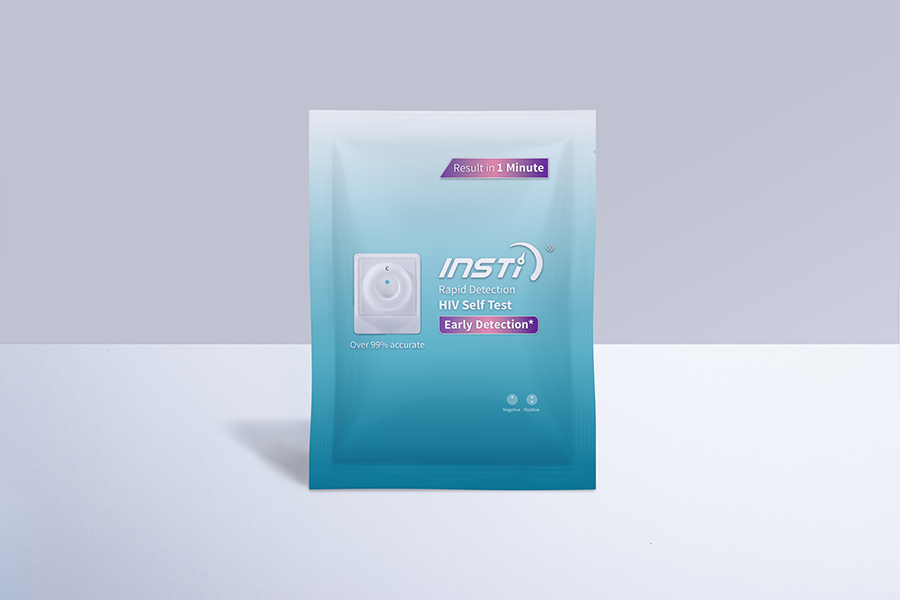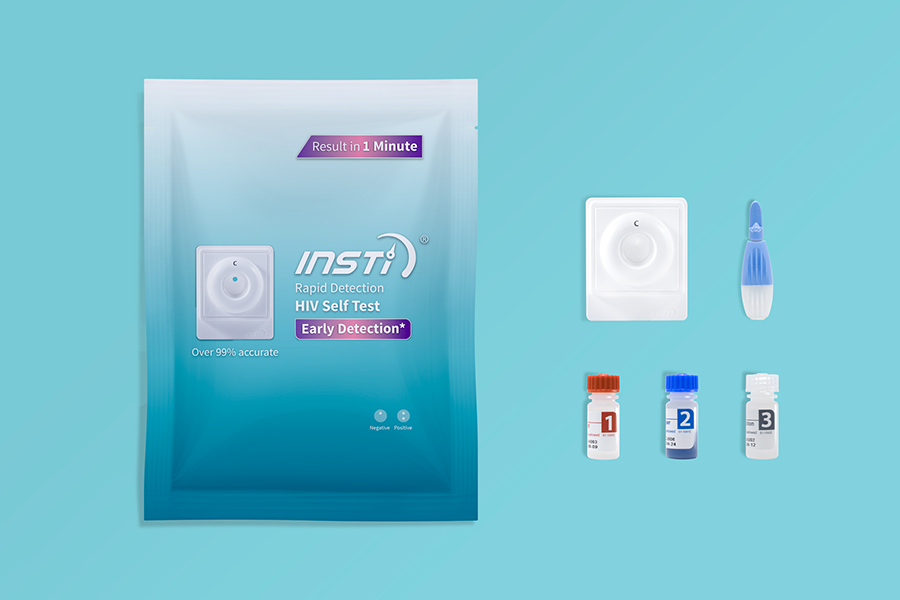INSTI HIV Self Test
Rapid Detection HIV Self Test
The INSTI® HIV Self Test is a single use, rapid, flow-through in vitro qualitative immunoassay for the detection of antibodies to Human Immunodeficiency Virus Type 1 (HIV-1) and Type 2 (HIV-2) in human fingerstick whole blood.
INSTI® HIV Self Test
The INSTI HIV Self Test is an immunoassay for detecting HIV antibodies. The test is intended for use by untrained lay users as a self test to aid in the diagnosis of HIV-1 and HIV-2 infection using a small drop (50µL) of blood obtained through fingerstick collection procedures.
The INSTI HIV Self Test is an immunoassay for detecting HIV antibodies. The test device consists of a synthetic membrane positioned atop an absorbent pad within a plastic cartridge. One section of the membrane has been treated with non-hazardous HIV-1 and HIV-2 recombinant proteins, which capture HIV antibodies (test dot). The membrane also includes a control dot treated with protein-A that captures other non-specific antibodies normally present in human blood. The test is performed by adding a fingerstick blood sample to Bottle 1. The diluted blood in Bottle 1 is poured into the well of the test device. Any HIV antibodies in the sample are captured by the test dot and non-specific antibodies are captured by the control dot. Bottle 2 is then added to the test device. Bottle 2 solution reacts with captured antibodies to produce a blue dot at control dot and, if HIV antibodies are present, a blue dot also appears at test dot. In the final step, Bottle 3 is added to the membrane to make the control and test dots more visible.
How early can this test detect HIV?
Based on bioLytical's studies, INSTI demonstrates third generation performance and detects HIV antibodies of the IgM and IgG class. IgM antibodies are the earliest antibodies that the body produces after an HIV infection and are detectable within 21-22 days.1,2 Depending on how quickly a person's immune system generates HIV antibodies after infection, it could still take up to 3 months to get a positive result.
If you think you have been exposed to HIV within the last 3 months, and your results are negative, you will need to test again after at least 3 months have passed since your exposure. The time from HIV infection to when a test can correctly give a positive result is referred to as the ‘window period’.
About HIV
HIV stands for Human Immunodeficiency Virus. HIV is the virus that causes AIDS (Acquired Immunodeficiency Syndrome) if left untreated. It is estimated that there are over 30 million people living with HIV in the world today, and up to half of those people have not been diagnosed and are unaware of their infection. This undiagnosed population accounts for most of the HIV transmissions worldwide. Treatment for HIV is highly effective. It is important to start treatment as early as possible following infection, to reduce the risk of serious illness or death.
Test Contents:
- Instructions for Use
- Pouch with test device (labelled Membrane Unit)
- Sample Diluent (Bottle 1, red top)
- Colour Developer (Bottle 2, blue top)
- Clarifying Solution (Bottle 3, clear top)
- Sterile single-use lancet
- Adhesive bandage
- Resources Card
INSTI® HIV Self Test Frequently Asked Questions
What is HIV and AIDS?
HIV stands for Human Immunodeficiency Virus. HIV is the virus that causes AIDS (Acquired Immunodeficiency Syndrome) if left untreated. When a person becomes infected with HIV, the virus begins to attack his or her immune system, which is the body's defense against illness. As a result, that person becomes more susceptible to disease and infection.
When his or her body loses the ability to fight diseases, that person is diagnosed with AIDS. There is no cure for HIV infection. However, treatment for HIV is highly effective.
How does someone get infected with HIV?
HIV spreads through contact with blood, semen, pre-seminal fluid, rectal fluid, vaginal fluids, or breast milk of an infected person. Transmission can occur from unsafe sex. It can also result from exposure to blood through the sharing of used syringes or needles. Women living with HIV can pass the virus to their babies during pregnancy, childbirth, and breastfeeding. It is also possible to become infected with HIV through a blood transfusion, although this is now very rare.
HIV cannot be passed on from one person to another through casual contact. There is no risk of infection when we share everyday items such as food, dishes, utensils, clothes, beds and toilets with a person living with HIV. The virus is not spread from contact with sweat, tears, saliva, or a casual kiss from an infected person. People do not become infected from eating food prepared by a person living with HIV. People have not become infected with HIV through insect bites.
Are there any instruction videos that would help me to use the test?
Yes, if you are unsure as to how use the test, please watch the video instructions below:
What if the contents of Bottle 1, Bottle 2 or Bottle 3 do not absorb into the test device?
It is very rare for this to happen, but if it does, you will not be able to complete the test procedure and read the results. You will need to perform another test.
What happens if I spill some of the contents of Bottle 1, Bottle 2 or Bottle 3 outside the test device?
Keep going with the test procedure. As long as the control dot shows a visible dot after pouring Bottle 3 into the test device, the test results are valid.
How accurate is the test?
Extensive research studies have shown that this test is extremely accurate when performed correctly. In a recent study performed by untrained users, the test sensitivity was 100%.
It also has a proven specificity (a measure of reliability that the test will be negative for people who do not have HIV infection) of 99.5%. In the untrained user study, the specificity was 99.8%.
If you are unsure of your result you must go to a doctor to perform more testing.
If I read the result after 1 minutes, will the result be reliable?
Do not read the result if more than 1 hour has passed after completing the test procedure.
What should I do if the test result is positive?
Because a variety of factors may cause non-specific reactions, a patient found to be positive using the INSTI HIV Self Test must have the results confirmed by a doctor.
The presence of HIV antibodies indicates past exposure to HIV but is not a diagnosis of AIDS, which can only be made by a physician.
What should I do if the test result is negative?
A negative test result does not rule out exposure to HIV. If you are concerned about your symptoms, you need to see your GP
What if I can't see any dots?
Make sure you have adequate lighting. If no dots are visible, you may not have completed the test correctly, or collected enough blood. You will need to perform another test.
How will I know if my test was done correctly?
The INSTI HIV Self Test has a built-in control dot to show that the test has been performed correctly and that you have added the proper sample type and amount of blood sample. If the control dot does not appear (invalid test result), your test has not worked. It is not possible to draw conclusions from this result and you will need to perform another test. In the event of repeated invalid results, consult adoctor.
Latest Reviews
Test procedure
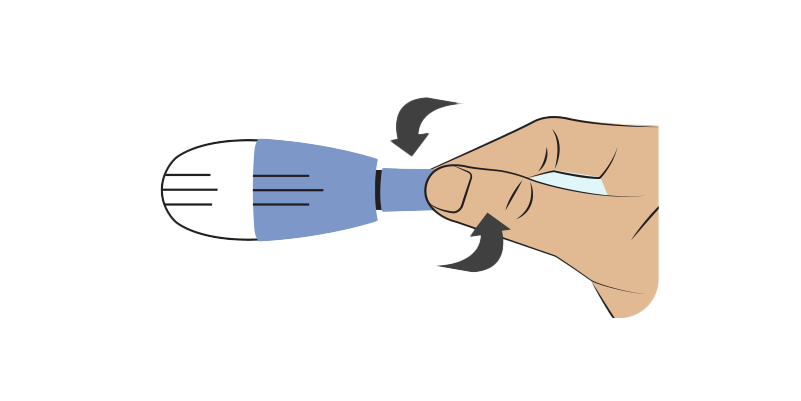
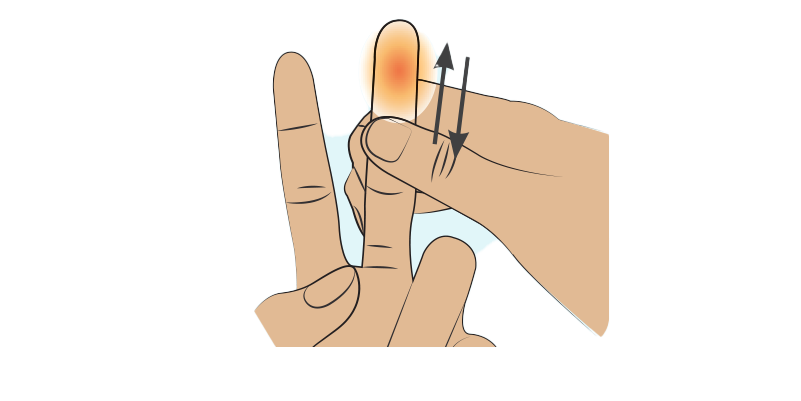
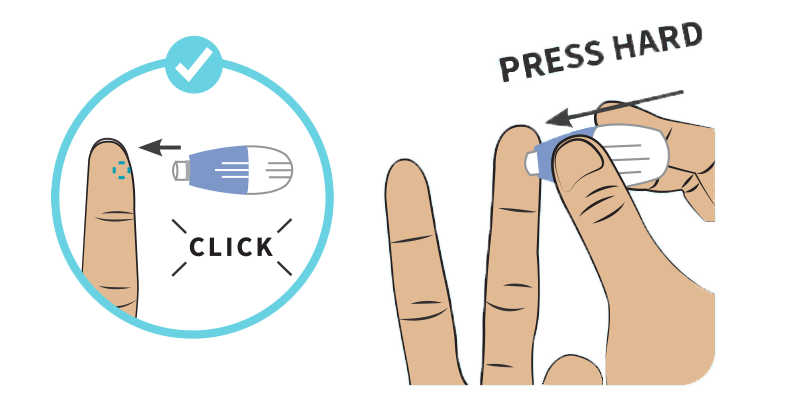
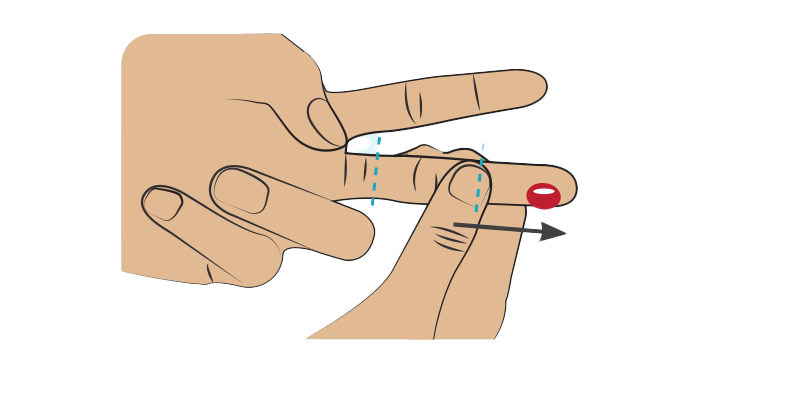
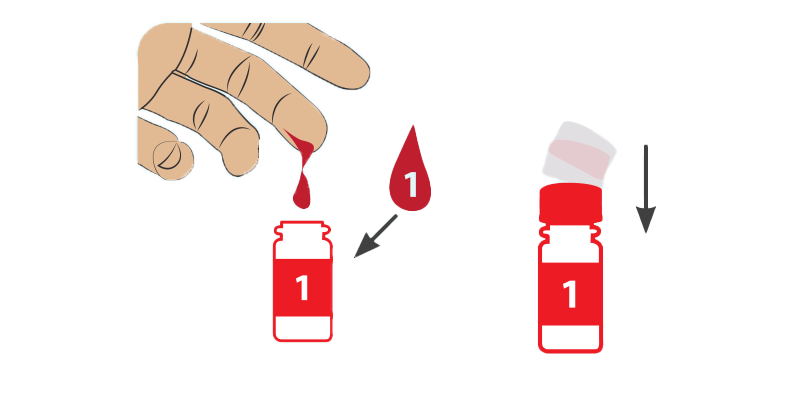
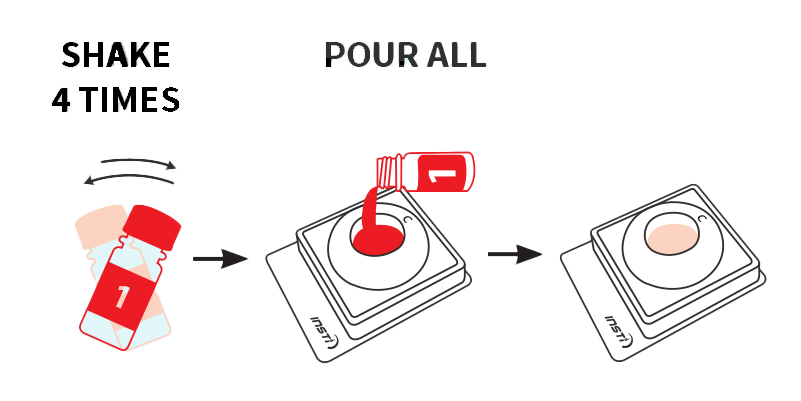
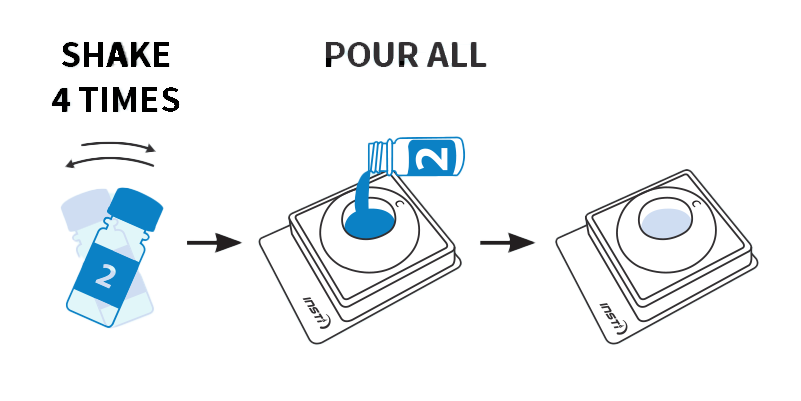
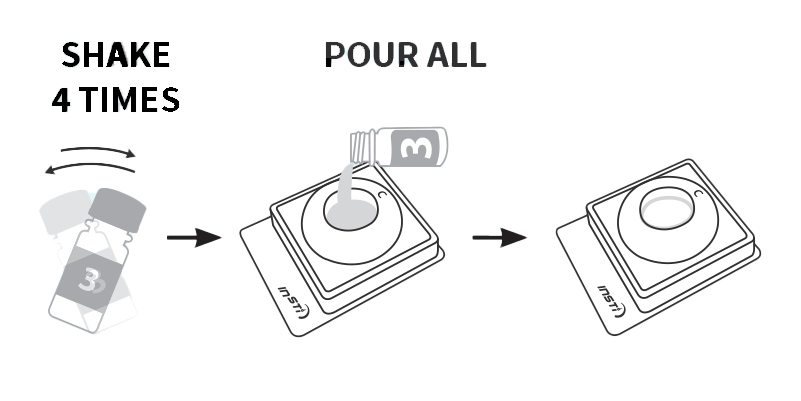
Interpreting Your Result

Blood test procedure steps
.png)
1Simply take a finger-prick blood sample.
.png)
2Add drops of blood to the test cassette.
-(1).png)
3Then add test buffer solution.
-(1).png)
4Wait a few minutes and read your test result.
